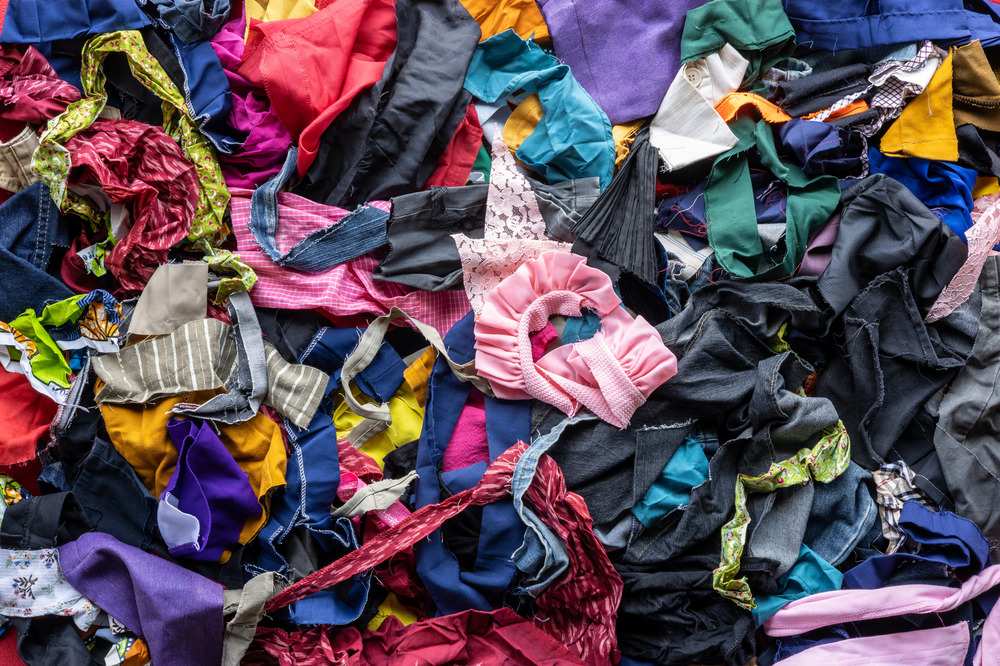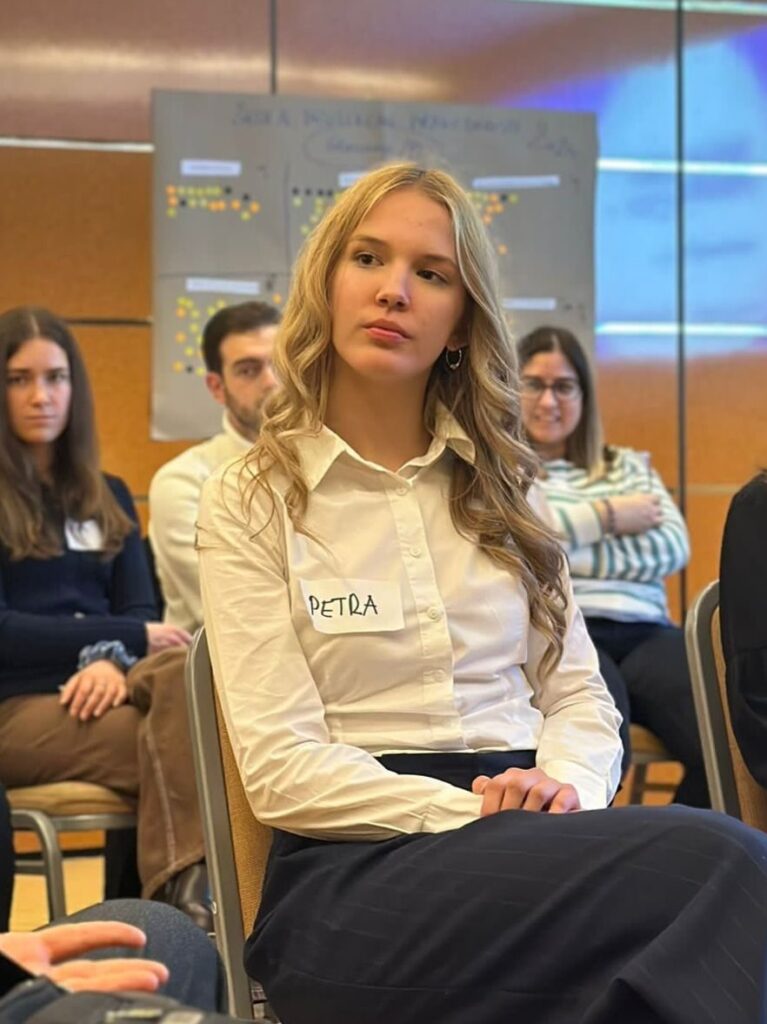According to The European Environment Agency textile industry is the third largest contributor to water degradation and land use. Producing textiles requires substantial amounts of water and land for growing cotton and other fibres, while dyeing and finishing processes are responsible for 20% of global water pollution. The fashion industry also contributes up to 10% of global carbon emissions, more than international flights and maritime shipping combined. Only 1% of used clothing is recycled into new garments. According to research by the European Parliament, every European citizen discards an average of 11 kg of textiles annually, 85% of which is incinerated or ends up in landfills.
Key drivers of increasing textile waste include fast fashion and a lack of awareness about circular economy principles. Constantly shifting trends encourage consumers to buy cheap clothing that quickly falls out of use due to poor quality or outdated styles. This results in a growing volume of textile waste, far exceeding the existing capacity for disposal. Moreover, consumers lack adequate education about circular economy concepts and repair practices, leading to a reduced willingness to repair garments rather than purchase new ones. The scarcity of accessible information and resources for repairs further hampers the promotion of sustainable behaviours and practices.
According to the EU Waste Framework Directive, starting January 1, 2025, all European Union member states will be required to establish systems for the separate collection of textile waste for reuse, preparation for reuse, and recycling. Member states must implement several concrete measures. Firstly, there is a need for collection infrastructure development, which means installation of specialized textile waste containers in public areas and recycling centres to enable citizens to dispose of textile waste separately. Secondly, there is a need for awareness campaigns focused on the importance of textile waste separation and the possibilities for reuse and recycling. Slovenia, particularly Ljubljana, stands out as a leading example of implementing sustainable principles in textile waste management. In 2016, Ljubljana became the first European capital to adopt a “zero waste” goal. This achievement is the result of a systematic approach to the circular economy, including significant investments in recycling infrastructure and public education. Today, Ljubljana, with a population of 294,464, recycles over 60% of its municipal waste, with textile waste containers placed at 10 locations throughout the city.
Another positive example is Rijeka, where the city’s 108,622 residents have access to textile waste recycling containers at 68 locations. Moreover, the local government has opened a “Riperaj”, a public space dedicated to repairing and restoring garments, fostering circularity and responsible waste management within the community.
Zagreb faces significant challenges due to a lack of infrastructure. The limited availability of containers and repair spaces creates serious problems in managing textile waste effectively. With a population of 767,131 (according to the 2021 census), the city has only six textile waste separation containers installed by the municipal utility company. Additionally, citizens can dispose of textile waste at 11 recycling centres.
The solution to these issues lies in the systemic promotion of the circular economy through several steps. We would increase the number of underground textile waste containers for clothing. Installing them in easily accessible locations will enable citizens to responsibly and conveniently manage their used clothing. By investing in recycling infrastructure and supporting the circular economy, local authorities can achieve financial sustainability and long-term environmental and economic benefits. Textile waste can occupy a significant part of the total municipal waste, while its recycling reduces the need for expensive expansions or new landfills. Recycling textile waste positively impacts the environment by lowering greenhouse gas emissions and reducing soil and water pollution. Thus avoiding high costs of rehabilitation and environmental protection, which could otherwise fall on the burden of local authorities. Furthermore, collaborations between local authorities and private companies in collecting and processing textile waste can generate revenue. Recycled textile materials can be sold to companies for use in creating new products.
Beyond physical infrastructure, changing consumer behaviour and promoting sustainable practices in the textile industry are crucial. For example, fostering a “repair economy” encourages extending the life of garments through repairs or alterations. To support this, we propose establishing public spaces where citizens can repair their clothing with expert assistance. These spaces could also serve as centres for education on circular economy principles. Additionally, they could host flea markets in collaboration with municipal utility companies, where clothing collected through containers is sorted and resold. By launching recycling centres, public spaces dedicated to the circular economy, or clothing flea markets, local communities can create opportunities for new jobs while fostering sustainable practices.
This article is based on a policy brief co-authored by Tajana Božić, Lara Fritz, Petra Garaj and Ines Jazvić, created as part of the School of Social Justice 2024.
Literature:
Državni zavod za statistiku. (2022, September 22). Objavljeni konačni rezultati Popisa 2021. Državni zavod za statistiku. Available at: https://dzs.gov.hr/vijesti/objavljeni-konacni-rezultati-popisa-2021/1270
Milanović, dr. sc. Z. (2023) Recikliranje Tekstilnog otpada, Tehnoeko. Available at: https://www.tehnoeko.com.hr/8637/recikliranje-tekstilnog-otpada
Strategija EU-a za održive i Kružne Tekstilne proizvode (2023) europarl.europa.eu. Available at: https://www.europarl.europa.eu/doceo/document/TA-9-2023-0215_HR.html
Utjecaj Proizvodnje Tekstila I Tekstilnog Otpada Na Okoliš (infografika): Teme: Europski parlament (n.d.) Europski parlament. Available at: https://www.europarl.europa.eu/topics/hr/article/20201208STO93327/utjecaj-proizvodnje-tekstila-i-tekstilnog-otpada-na-okolis-infografika
Vrsaljko, M. (2024) Europa IMA Veliki problem S tekstilnim otpadom, Faktograf.hr. Available at: https://faktograf.hr/2021/09/24/europa-ima-veliki-problem-s-tekstilnim-otpadom/








